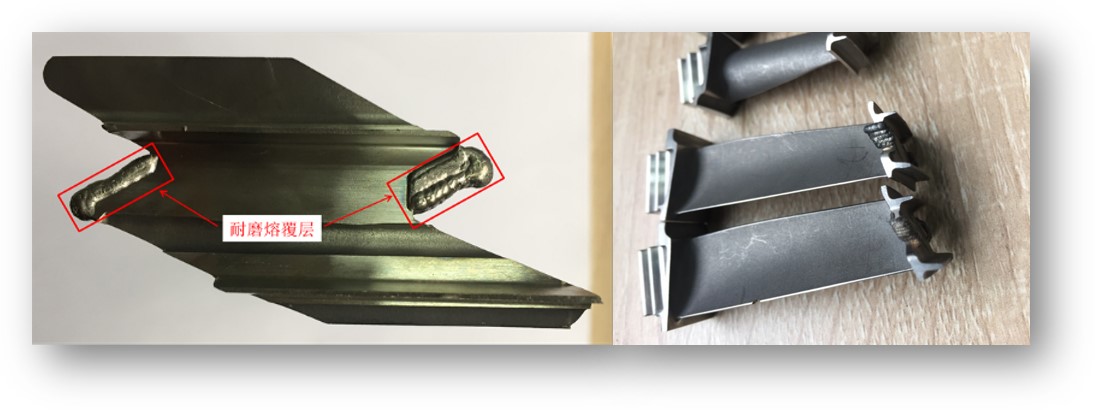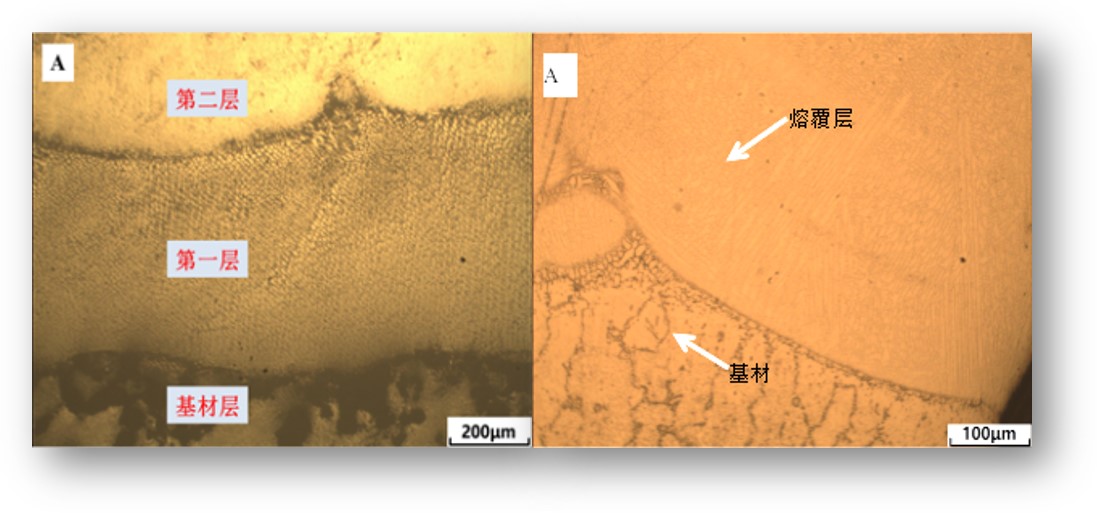Have any questions?
Get in touch-
Tel : +86 18355532477
-
Whatsapp : +8618355532477
-
Email : 247137166@qq.com
-
Skype : 247137166@qq.com
Have any questions?
Get in touchTel : +86 18355532477
Whatsapp : +8618355532477
Email : 247137166@qq.com
Skype : 247137166@qq.com
Payment:
TTProduct origin:
ChinaGoods stock:
10Shipping port:
ShanghaiLead Time:
20 days after receiving the depositToothed turbine blade crown repair
Product Description:
According to the working conditions of the material, two wear-resistant alloys, Co-Cr-W and Co-Cr-Mo, are generally used as the material for the surfacing layer. The WILA technical team has carried out process research on this technology many years ago, and has successfully developed a laser cladding process for a certain type of blade, and independently developed aero-engine laser cladding additive manufacturing equipment with independent intellectual property rights.
Product Show:
The special wear-resistant modified powder optimized by WILA according to the process has good high-temperature wear-resistant strength and good weldability. After cladding, the appearance is smooth and the amount of modification is small; there is no obvious deformation after cladding; there is no macro cracks after fluorescence detection; no appearance defects such as collapse and insufficient cladding. Metallurgical inspection The metallurgical bonding between the cladding layers is good, there is no porosity, no fusion, no obvious cracks, etc. The corrosion resistance of the cladding layer under the same corrosion conditions is much higher than that of the base material. Microhardness test results The hardness value of the cladding layer has far met the customer's hardness requirements, and the average hardness is >550HV (HRC53). The wear and corrosion resistance of the cladding layer meets the requirements of the surface strengthening layer.

Appearance of Turbine Blade After Cladding
Metallographic diagram of low-pressure turbine blade after cladding
Cobalt-chromium-tungsten alloy powder cladding is used according to the customer's demand for tooth-shaped blade crown repair.
After cladding, the blade has no obvious deformation; no macro cracks; no appearance defects such as collapse and under-fullness. The appearance is smooth and the amount of modification is small. The metallographic diagram shows that the bonding boundary between the blade base material and the cladding layer is obvious, and the fusion zone is clear and dense; the grain boundary is clear, the crystal shape is needle-like and dendritic, and the grain size is uniform. There are no pores, cracks, or cracks in the cladding layer. Obvious defects such as not fusion. The hardness of the cladding layer is between 40~50HRC, which meets the hardness index required by customers.
click here to leave a message